For outdoor enthusiasts, the question of whether to invest in premium-priced gear or stick with budget options can be as challenging as scaling a difficult summit. With price differences often stretching into hundreds or even thousands of dollars between basic and high-end equipment, the decision merits careful consideration. The outdoor gear industry has expanded dramatically in recent years, offering products at virtually every price point imaginable.
This comprehensive breakdown examines the actual value proposition of expensive outdoor gear versus more affordable alternatives, helping you determine where your hard-earned money might be best spent based on your specific needs, frequency of use, and environmental conditions you typically face.
The Psychology Behind Premium Outdoor Gear
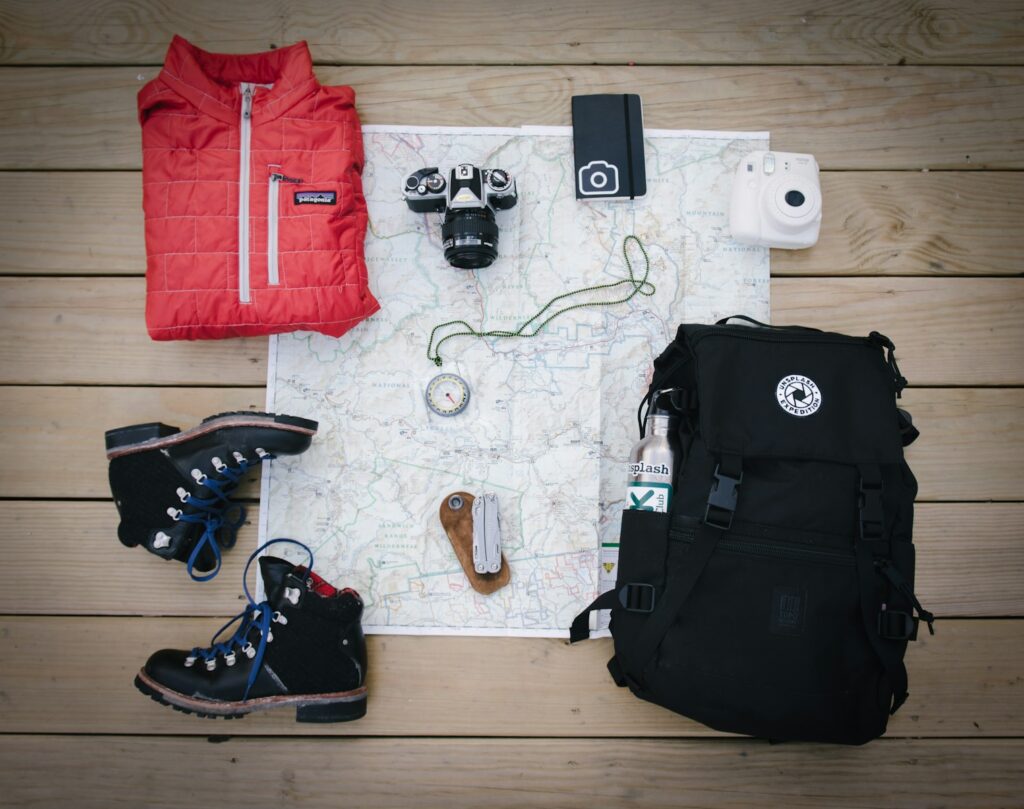
The allure of high-end outdoor equipment extends beyond practical considerations into psychological territory. Many outdoor brands have masterfully created aspirational identities that consumers want to associate with, positioning their products as essential components of authentic outdoor experiences. This marketing strategy triggers what psychologists call “aspiration purchasing,” where consumers buy not just the product but the lifestyle it represents. Additionally, the fear of inadequate equipment failing during critical moments drives many toward premium options.
Research has shown that consumers often equate higher prices with reliability and performance, even when objective differences may be minimal. Understanding these psychological factors can help you separate genuine need from marketing-induced desire when evaluating gear options.
Defining Value in Outdoor Equipment

Value in outdoor gear isn’t solely determined by price tag or brand name but represents the intersection of several critical factors. Durability—how long the product will function as intended—forms the foundation of value assessment, as equipment that lasts twice as long may justify twice the price. Performance reliability under your specific usage conditions represents another crucial consideration, as gear that functions perfectly in controlled environments may fail in extreme conditions. Additionally, the frequency of use dramatically impacts value calculations; weekend warriors have different requirements than professional guides who rely on their gear daily.
Finally, the consequence of failure must be evaluated—equipment where malfunction could lead to serious injury (like climbing gear or avalanche safety equipment) justifies greater investment than items where failure merely causes inconvenience.
Technical Apparel: When to Splurge and When to Save

In the realm of outdoor clothing, premium options typically boast superior waterproofing, breathability, durability, and weight-to-warmth ratios. High-end rain jackets with advanced membranes like Gore-Tex Pro often provide measurably better performance in sustained downpours while remaining breathable during high-exertion activities. However, for occasional hikers in moderate conditions, the performance difference may not justify the cost differential. Base layers represent an area where mid-priced options often perform comparably to premium versions, with synthetic and merino wool options available at reasonable price points.
Insulation layers show perhaps the greatest range of legitimate options, with budget synthetic jackets performing admirably for most users. The most compelling case for premium apparel comes in extreme environments—extended backcountry trips, alpine climbing, or professional guiding—where the performance advantages translate to meaningful safety and comfort improvements.
Footwear: The Foundation of Outdoor Comfort

Few equipment categories impact outdoor enjoyment as directly as footwear, making this an area where quality often justifies investment. Premium hiking boots and trail runners typically incorporate more sophisticated cushioning systems, higher-grade waterproofing, and more durable construction techniques than budget alternatives. Higher-end footwear usually features specialized lasts (the form around which the shoe is built) that provide better anatomical fit for extended comfort. The manufacturing differences become particularly apparent after several hundred miles of use, when budget options often break down while premium footwear maintains structural integrity.
That said, occasional hikers on well-maintained trails may find mid-range options perfectly adequate, while those tackling technical terrain or multi-day expeditions will likely appreciate the performance advantages of higher-end footwear. Proper fit remains the most critical factor regardless of price point, as even the most expensive boot will cause problems if sized incorrectly.
Sleeping Systems: The Price of Good Rest
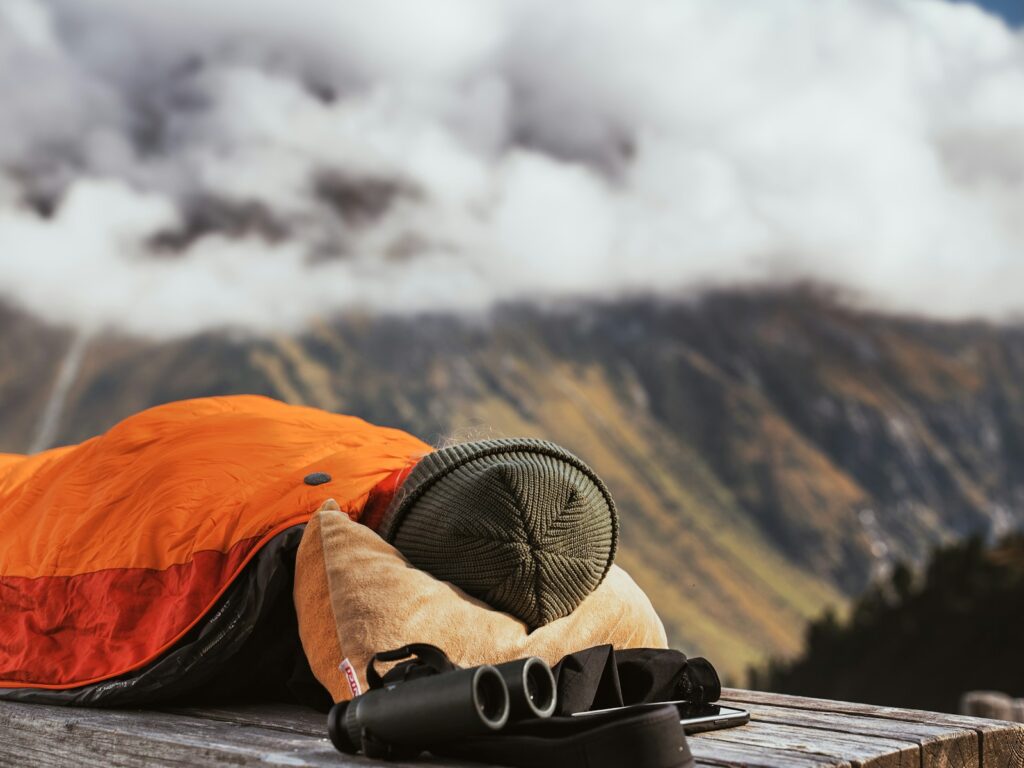
The technology behind sleeping bags and sleeping pads has advanced dramatically, with corresponding price implications. Premium sleeping bags utilizing high-fill-power down (800+ fill) offer superior warmth-to-weight ratios compared to budget alternatives, which typically use lower-quality down or synthetic insulation. This difference becomes particularly significant for backpackers where every ounce matters. Similarly, high-end sleeping pads provide better insulation from cold ground (higher R-values) while remaining lighter and more packable. However, car campers who don’t need to minimize weight can often achieve comparable comfort with less expensive options.
Construction quality also differs significantly, with premium sleeping systems typically featuring more sophisticated baffle designs, higher-quality zippers, and more durable shell materials. For those who camp frequently or in challenging conditions, these durability differences often justify the higher initial investment through extended product lifespan.
Backpacks: Carrying Comfort vs. Cost
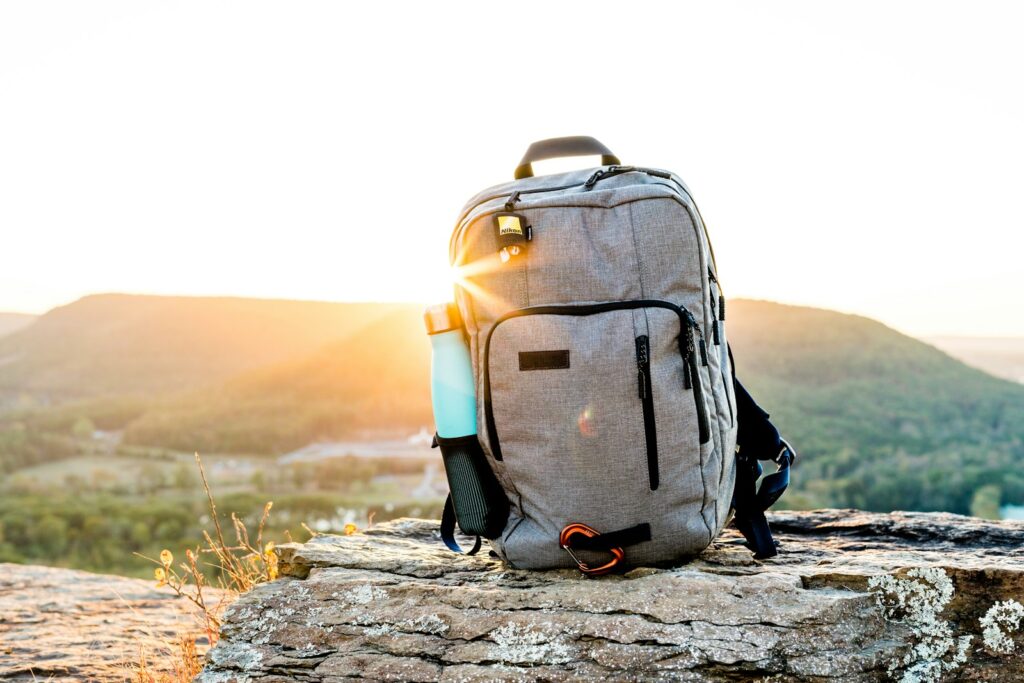
The differential between budget and premium backpacks becomes most apparent during extended carry periods and under heavier loads. High-end packs typically feature more sophisticated suspension systems with adjustable components that allow customization to individual body shapes. The materials used in premium packs—often proprietary fabrics developed specifically for durability and weather resistance—generally outlast those in budget options by significant margins. Load transfer efficiency, a measure of how effectively weight is distributed from shoulders to hips, typically improves with price point, resulting in less fatigue during long hikes.
However, for day hikes with lighter loads on established trails, many budget and mid-range options provide perfectly adequate performance. The value proposition increases with load weight and trip duration—someone carrying 45 pounds on a week-long expedition will appreciate premium pack features far more than someone carrying essentials for a four-hour hike.
Tents and Shelters: Weathering the Elements
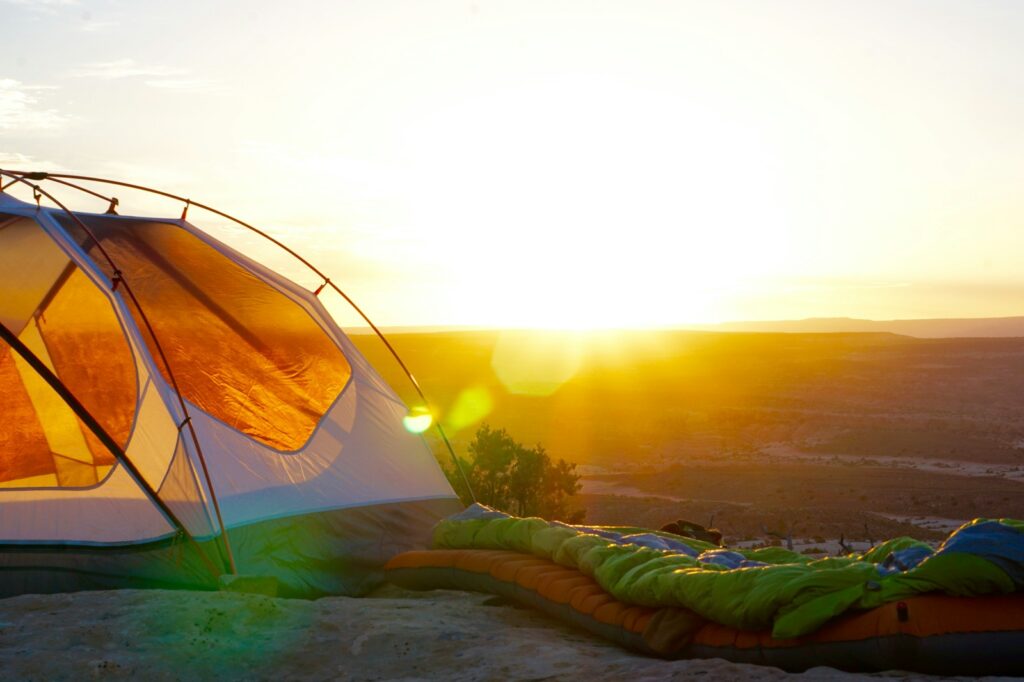
Tents represent one of the clearest examples of meaningful differences between price categories, particularly in extreme conditions. Premium tents typically utilize higher-denier fabrics with superior waterproofing treatments, stronger poles (often made from aerospace-grade aluminum or carbon fiber), and more sophisticated ventilation systems. These differences become critical during sustained bad weather, where budget tents may leak, collapse under snow load, or fail in high winds. Construction details like reinforced stake points, taped seams, and quality zippers significantly impact long-term reliability. For summer car camping in fair weather, budget options often perform adequately, but as conditions become more challenging, the performance gap widens.
Four-season tents show the most dramatic quality differences, with premium options engineered specifically to withstand alpine conditions that would destroy lesser shelters. For those regularly camping in unpredictable or severe environments, the safety aspect alone often justifies the premium price.
Navigation and Electronics: Life-Saving Technology
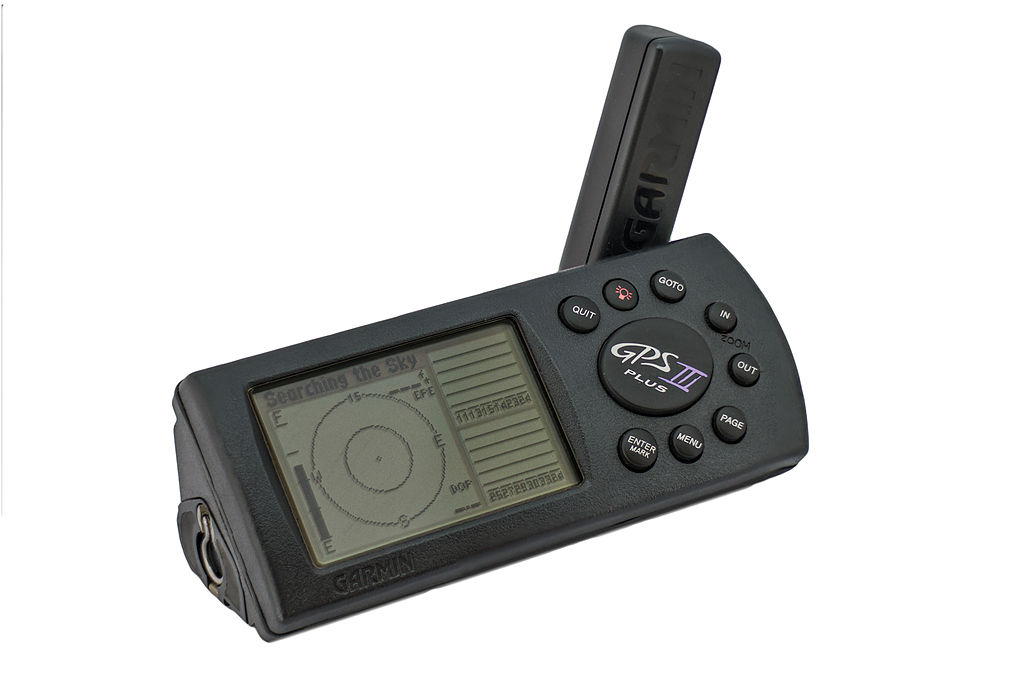
Navigation tools represent a category where reliability can have life-or-death implications, making value assessment particularly important. Premium GPS devices typically offer longer battery life, more rugged construction, and more reliable performance in adverse conditions than budget alternatives or smartphone apps. High-end headlamps provide significantly better beam quality, battery efficiency, and weather resistance—crucial factors when navigating difficult terrain after dark. Personal locator beacons and satellite communicators show less dramatic differences between price points, but reliability variations still exist. The primary consideration should be the consequence of failure—in remote backcountry settings, reliable navigation and communication equipment can be essential for safety.
For those staying on well-marked trails near civilization, simpler and less expensive options may suffice. As with many categories, usage environment should guide purchasing decisions, with more challenging conditions justifying higher investment.
Climbing and Technical Equipment: No Compromise Zone

In few categories is the value proposition for quality as clear as with climbing equipment, where failure can have catastrophic consequences. Premium climbing hardware—carabiners, protection devices, harnesses, and ropes—undergoes more rigorous testing and quality control than budget alternatives. While all climbing equipment sold by reputable manufacturers must meet basic safety standards, premium options typically exceed these standards by significant margins, providing greater safety reserves. Construction methods for high-end climbing gear often include additional safety features like indicators for micro-fractures or wear.
Beyond safety considerations, premium climbing equipment typically offers weight savings, easier handling, and longer service life. Given the potential consequences of equipment failure in vertical environments, this represents a category where even occasional users should consider investing in higher-quality gear, focusing particularly on critical safety components like ropes, harnesses, and protection devices.
Kitchen and Hydration: Efficiency in the Backcountry

Cooking systems and water treatment options demonstrate varying degrees of meaningful difference between price categories. Premium backpacking stoves typically offer better fuel efficiency, more reliable operation in adverse conditions, and lighter weight than budget alternatives. High-end water filters provide faster flow rates, longer cartridge life, and protection against a broader spectrum of contaminants. However, simple alcohol stoves or basic water filtration systems work perfectly adequately for many users in less demanding situations. The value proposition increases with trip duration and remoteness—someone conducting a month-long expedition will benefit significantly more from fuel efficiency than a weekend camper.
Similarly, those traveling in areas with particularly questionable water sources might justifiably invest in more sophisticated filtration. For most users, mid-range options in these categories offer the best balance of performance and value.
The Diminishing Returns Principle

A critical concept when evaluating outdoor gear is the principle of diminishing returns, which applies almost universally across equipment categories. The performance difference between a $50 and $150 rain jacket is typically much more significant than the difference between a $300 and $600 model. Understanding these diminishing returns allows consumers to identify the “sweet spot” where additional expenditure no longer produces proportional performance benefits. This inflection point varies by category but often occurs in the mid-to-upper-mid price range for most outdoor equipment.
Beyond this point, specialized features, weight reduction, and incremental performance improvements drive costs upward without corresponding practical benefits for average users. Recognizing where these diminishing returns begin in each category allows for strategic allocation of your gear budget, investing more in categories where performance differences significantly impact your experience while economizing in areas where premium features provide minimal practical advantage.
The Environmental and Ethical Considerations

The outdoor industry increasingly incorporates sustainability and ethical considerations into product development, often reflected in pricing. Premium brands typically lead in adopting environmentally responsible materials, ethical manufacturing practices, and durability-focused design—factors that increase production costs but reduce environmental impact. Many high-end outdoor companies have pioneered recycled fabrics, PFC-free waterproofing, responsible down sourcing, and fair labor practices. Additionally, several premium manufacturers offer comprehensive repair programs and lifetime warranties that extend product lifespan, reducing long-term environmental impact even if initial purchase price is higher.
These factors create what some economists call “true cost pricing,” where environmental and social externalities are incorporated into the product price rather than deferred to future generations. For environmentally conscious consumers, these considerations may justify premium pricing beyond pure performance metrics, particularly when the product’s extended lifespan is factored into the value equation.
Budget-Friendly Strategies for Quality Gear

Accessing quality outdoor equipment need not always require paying full retail prices for the newest premium products. The secondary market for outdoor gear has expanded dramatically through platforms specializing in used equipment, offering significant savings on lightly-used premium items. Many manufacturers maintain outlet sections or seasonal sales where previous-generation products—often with minimal differences from current models—can be purchased at substantial discounts. Rental programs have evolved beyond basic equipment to include high-end options, allowing users to access premium gear for specific trips without full ownership costs.
Additionally, many outdoor retailers offer comprehensive membership programs that provide substantial discounts through dividends or direct price reductions. For those willing to conduct research and exercise patience, these approaches can provide access to higher-quality equipment at budget-friendly price points, effectively bridging the gap between premium performance and financial constraints.
Making Informed Decisions: A Practical Framework

Developing a systematic approach to gear purchasing decisions can help navigate the complex landscape of options and price points. First, honestly assess your actual usage patterns—not aspirational ones—to determine what performance level you genuinely need. Second, identify your non-negotiable requirements based on the environments you typically encounter and the consequences of equipment failure in those settings. Third, research the specific performance differences between price points for your priority items, focusing on objective testing rather than marketing claims. Fourth, calculate the per-use cost based on realistic frequency and expected lifespan—equipment used weekly justifies higher investment than items used annually.
Finally, consider a hybrid approach, investing strategically in critical categories while choosing more economical options where performance differences have minimal practical impact. This framework allows for personalized decision-making that acknowledges both budget constraints and genuine performance requirements.
Conclusion

The question of whether expensive outdoor gear is “worth it” ultimately depends on individual circumstances, usage patterns, and personal priorities. For occasional outdoor enthusiasts enjoying moderate conditions on well-traveled routes, mid-range equipment often provides the optimal balance of performance and value. For those regularly pushing into challenging environments or depending on their equipment professionally, the performance advantages of premium gear frequently justify the additional investment. Rather than viewing the decision as universally applicable across all categories, a nuanced approach—investing strategically in areas most critical to safety and enjoyment while economizing elsewhere—typically yields the greatest satisfaction.
By understanding both the meaningful and marketing-driven differences between price points, outdoor enthusiasts can make informed decisions that enhance their experiences without unnecessary expenditure.

